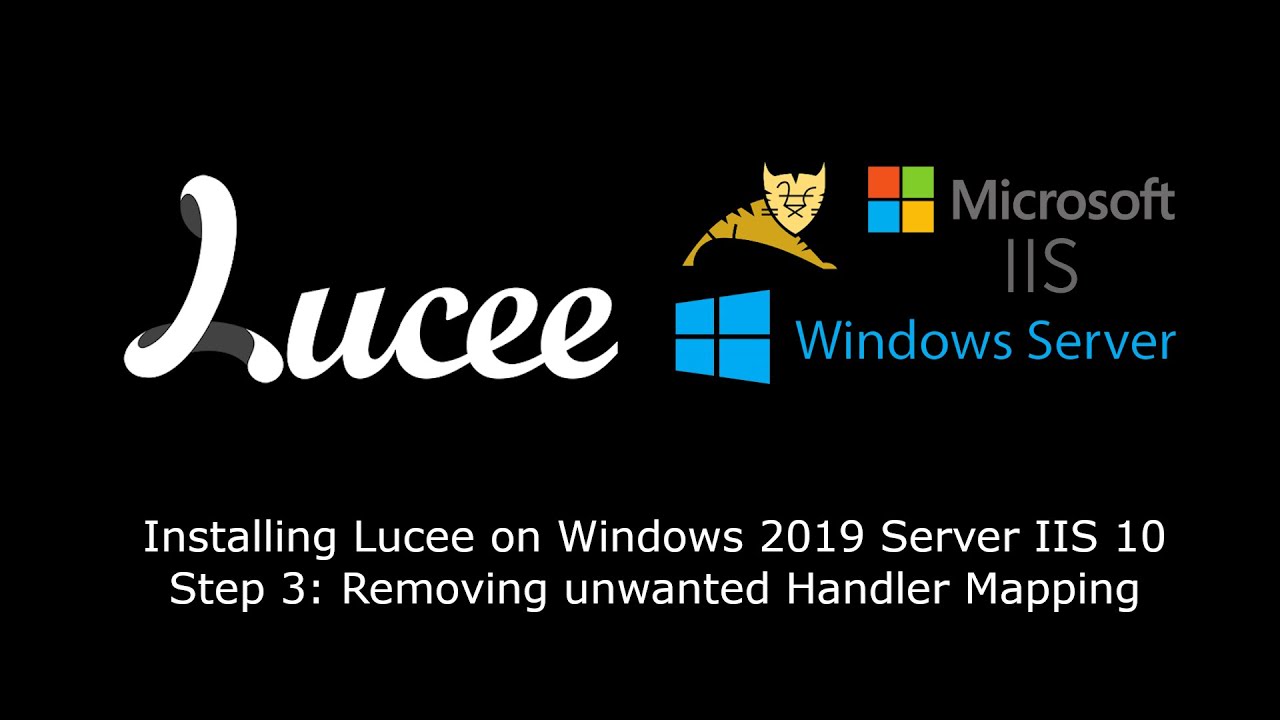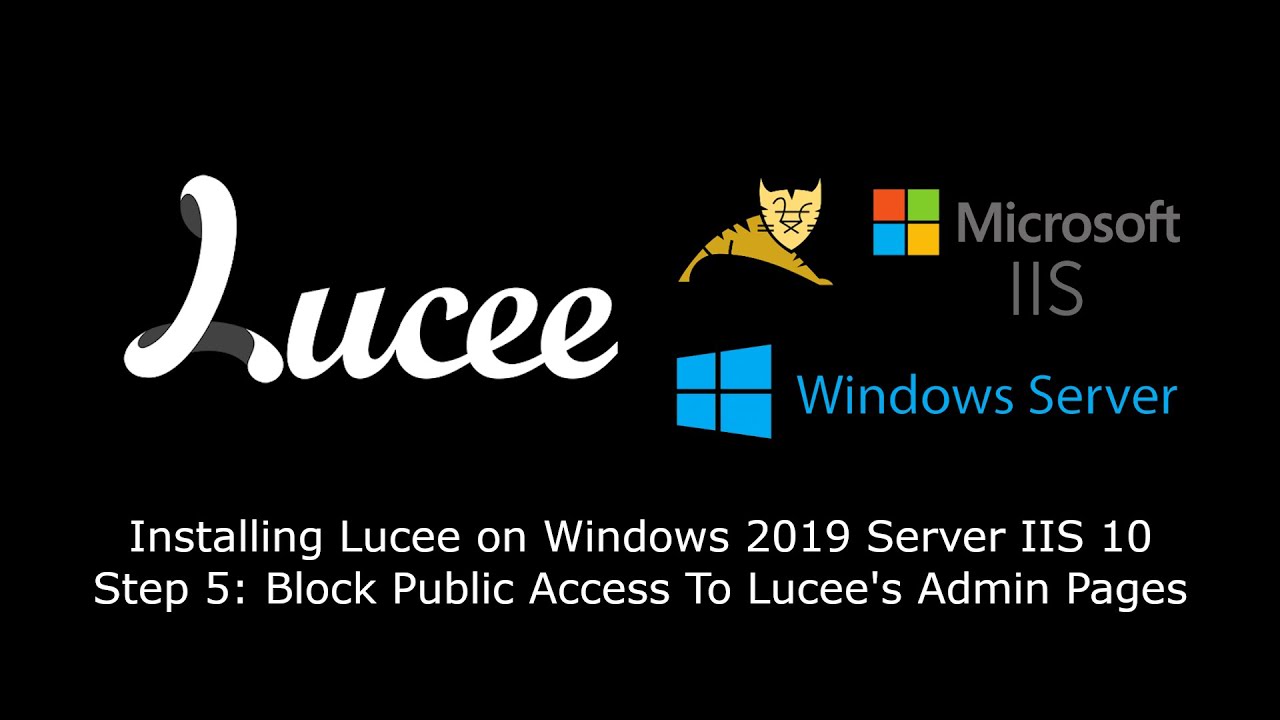This is a quick video tutorial about installing Lucee on a clean Windows 2019 Server Datacenter and connecting it to IIS 10 with boncode connector and cfml_mod. It also guides through resolving a common 500 status code error “can’t create directory WEB-INF”, caused by the tomcat service not having the corresponding file permissions (security by default).
Step 1 - Adding the IIS Role and Features
This video explains how to add IIS Roles and Features, a prerequisite for installing Lucee in such a manner that it can connect with IIS
Step 2 - Installing Lucee
This video shows how to install Lucee with the installer that ships AdoptOpenJDK (Java JDK), Tomcat 9, Boncode Connector and mod_cfml
Step 3: Removing unwanted Handler Mappings
This video guides how to remove Handler Mappings that have been added automatically during “IIS Feature” installation by Windows Server 2019, enhancing security.
Step 4: Grant Lucee access to IIS webroots
This video explains how to add write permissions for Tomcat/Lucee service to access IIS webroots. It also shows why and when the “500 error can’t create directory WEB-INF” can occur
New Video:
Step 5: Block Remote/Public Access To Lucee’s Server/Web Admins
This video shows how to block your “Lucee’s Server/Web Administration” from beeing accessed from remote/public internet with “BonCode Connector” and “IIS Request Filtering”
1:13 - Block Public Access With “Boncode Connector Settings”
2:49 - Block Public Access With “IIS URL Filtering”
Here is the tutorial serie as a playlist:
Unfortunately the videos have no audio because I hadn’t the time and hardware to record and mix the sound in a quality I’d expect to, but the video content should be self explaining. This material was made because as an usual CFML Developer I’d like to give my part back as a contribution to the Lucee Dev Team for creating this great software, and of course help others that now are at a point, where I’ve also been before ![]()




